Home>Dining>Tableware>Which Is Better: Porcelain Or Ceramic Dinnerware?
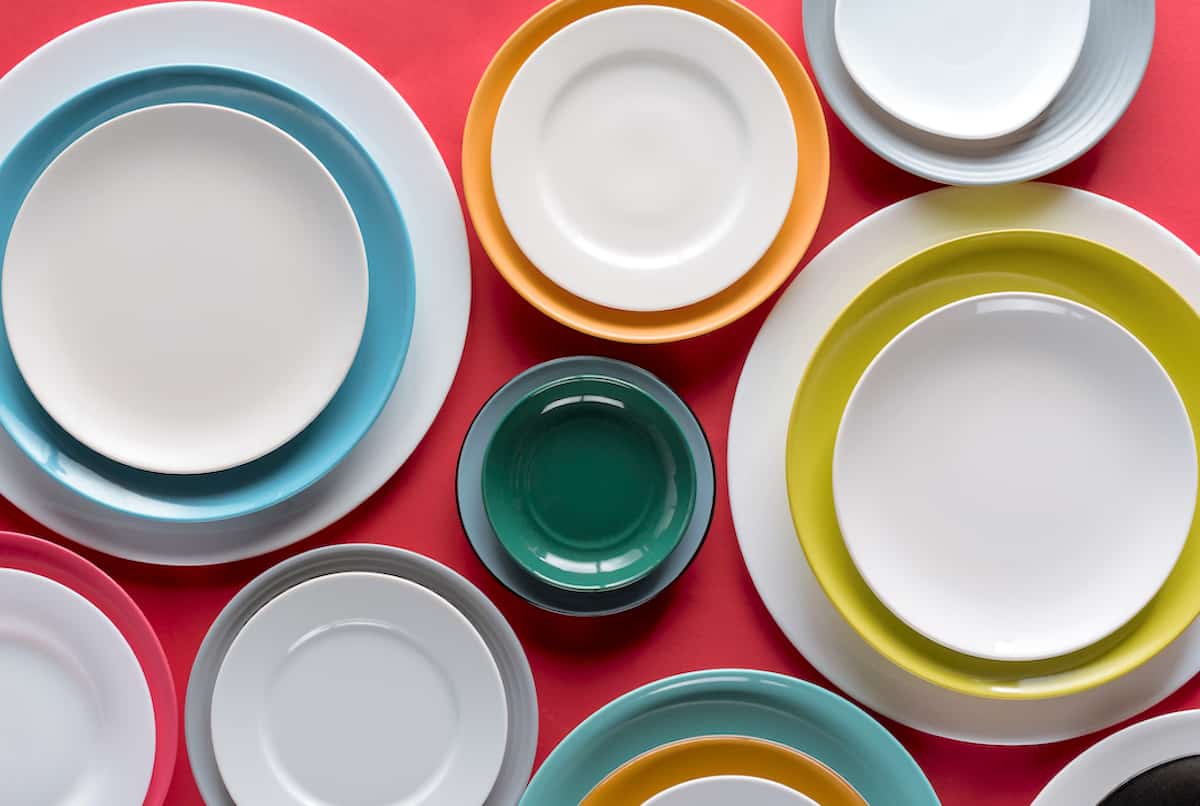

Tableware
Which Is Better: Porcelain Or Ceramic Dinnerware?
Modified: December 7, 2023
Discover whether porcelain or ceramic dinnerware is the ideal choice for your tableware needs. Compare their durability, aesthetics, and practicality to make an informed decision.
(Many of the links in this article redirect to a specific reviewed product. Your purchase of these products through affiliate links helps to generate commission for Storables.com, at no extra cost. Learn more)
Introduction
When it comes to tableware, two popular choices are porcelain and ceramic dinnerware. These materials offer durability, elegance, and functionality, making them ideal for everyday use or special occasions. But which is better: porcelain or ceramic dinnerware? In this article, we’ll delve into the pros and cons of each material, explore the differences in their composition, durability, heat resistance, and design. Additionally, we’ll provide maintenance and care tips for both types of dinnerware and highlight the factors to consider when choosing between porcelain and ceramic.
Porcelain and ceramic dinnerware share some similarities, but they are not the same material. Understanding the distinctions between the two can help you make an informed decision based on your preferences and needs.
Porcelain dinnerware is made from a type of clay called kaolin, which is known for its exquisite translucency and bright white color. It is fired at extremely high temperatures, resulting in a non-porous and chip-resistant finish. On the other hand, ceramic dinnerware is crafted from various types of clay, such as stoneware or earthenware, and fired at lower temperatures.
Now, let’s explore the pros and cons of both porcelain and ceramic dinnerware to help you determine which option is the best fit for your table setting needs.
Key Takeaways:
- Porcelain dinnerware offers elegance, durability, and heat resistance, making it ideal for classic table settings. Its non-porous nature and refined appearance make it a long-lasting investment for those who prioritize timeless sophistication.
- Ceramic dinnerware provides versatility, affordability, and a wide range of design options, catering to diverse and personalized table settings. While not as heat-resistant as porcelain, ceramic offers durability and style at a more budget-friendly price point.
Read more: Porcelain vs Ceramic Tile: Which Is Better
Pros and Cons of Porcelain Dinnerware
Porcelain dinnerware offers a range of advantages and disadvantages that are important to consider before making your decision.
- Pros:
- 1. Elegance and Sophistication: Porcelain has a luxurious and refined appearance that can elevate any table setting. Its bright white color and delicate translucency give it a timeless appeal.
- 2. Durability: Porcelain is fired at high temperatures, making it stronger and more durable than ceramic. It is resistant to chipping, cracking, and staining, making it suitable for everyday use.
- 3. Heat Resistance: Porcelain can withstand high temperatures, making it safe for use in the oven, microwave, and dishwasher.
- 4. Versatility: Porcelain dinnerware comes in a wide range of shapes and designs, allowing you to find the perfect style that complements your table decor.
- 5. Hygienic: Porcelain is non-porous, which means it does not absorb food particles, odors, or flavors. This makes it easy to clean and maintain.
- Cons:
- 1. Cost: Porcelain dinnerware is generally more expensive than ceramic due to its high-quality and refined craftsmanship.
- 2. Fragility: Despite its durability, porcelain can still break if mishandled or dropped. It requires careful handling to prevent any accidents.
- 3. Weight: Porcelain dinnerware tends to be heavier than ceramic, which may not be ideal for individuals with limited strength or dexterity.
- 4. Limited Design Options: While porcelain offers a wide variety of styles, the range of colors and patterns available may be more limited compared to ceramic dinnerware.
Considering these pros and cons can help you determine whether porcelain dinnerware is the right choice for your needs and preferences. Now, let’s explore the advantages and disadvantages of ceramic dinnerware.
Pros and Cons of Ceramic Dinnerware
Ceramic dinnerware has its own set of advantages and disadvantages that you should consider before making a decision.
- Pros:
- 1. Wide Range of Designs: Ceramic dinnerware offers a vast array of colors, patterns, and textures, allowing for more creative and unique table settings.
- 2. Affordable: Compared to porcelain, ceramic dinnerware tends to be more budget-friendly while still offering durability and aesthetic appeal.
- 3. Thermal Retention: Ceramic retains heat well, keeping your food warm for longer periods, which can be particularly beneficial for serving hot meals.
- 4. Lightweight: Ceramic dinnerware is generally lighter than porcelain, making it easier to handle and suitable for individuals with mobility limitations.
- 5. Versatility: Ceramic dinnerware can be used for everyday meals or for more casual gatherings, as it offers a wide range of options for both formal and informal settings.
- Cons:
- 1. Porosity: Ceramic dinnerware is more porous than porcelain, which means it can absorb liquids and food particles if not properly glazed. This can lead to stains or unpleasant odors over time.
- 2. Susceptible to Cracking: Ceramic is not as resistant to chipping or cracking as porcelain. Careful handling is necessary to avoid damage.
- 3. Not as Heat Resistant: Ceramic dinnerware is generally not as heat resistant as porcelain, so it may not be suitable for use in high-temperature settings such as the oven.
- 4. Maintenance: Due to its porosity, ceramic dinnerware requires more thorough cleaning to remove any food residues and prevent staining.
Considering these pros and cons can help you determine if ceramic dinnerware aligns with your preferences and requirements. Now, let’s explore the differences in composition between porcelain and ceramic dinnerware.
Differences in Material Composition
Porcelain and ceramic dinnerware are made from different types of clay and undergo different firing processes, resulting in distinct material compositions.
Porcelain is crafted from a type of clay called kaolin, also known as china clay. Kaolin has a high level of purity and is fired at extremely high temperatures, typically between 2,200 and 2,600 degrees Fahrenheit (1,200 and 1,400 degrees Celsius). This firing process creates a dense and non-porous material that is highly durable and resistant to chipping and staining.
Ceramic dinnerware, on the other hand, is made from various types of clay, such as stoneware or earthenware. These clays are fired at lower temperatures, typically between 1,800 and 2,300 degrees Fahrenheit (1,000 and 1,300 degrees Celsius). The lower firing temperature results in a more porous material compared to porcelain, which can absorb liquids and food particles if not properly glazed.
Additionally, the material composition of porcelain gives it a distinct bright white color, while ceramic dinnerware can come in a wider range of colors and patterns due to the variety of clays used and the decorative glazing techniques applied.
Understanding the differences in material composition is important as it affects the durability, porosity, and visual aesthetics of the dinnerware. Now, let’s explore the differences in durability and strength between porcelain and ceramic dinnerware.
Differences in Durability and Strength
When it comes to durability and strength, porcelain dinnerware tends to outperform ceramic dinnerware due to its unique material composition and firing process.
Porcelain is fired at extremely high temperatures, resulting in a denser and more durable material compared to ceramic dinnerware. It is less prone to chipping, cracking, or scratching, making it well-suited for frequent use. Porcelain dinnerware can withstand the rigors of everyday meals and is less likely to show signs of wear and tear over time.
On the other hand, ceramic dinnerware, while still durable, is generally not as resilient as porcelain. The lower firing temperature and more porous nature of ceramic make it more susceptible to chipping and cracking, especially if mishandled or subjected to sudden temperature changes.
While both porcelain and ceramic dinnerware can withstand normal use, it’s important to handle ceramic dinnerware with care to prevent any accidents or damage. Avoid exposing ceramic dinnerware to extreme temperature fluctuations, such as transferring it directly from the freezer to a hot oven, as this can cause thermal shock and lead to cracks.
Overall, if durability and strength are of utmost importance to you, opting for porcelain dinnerware would be a wise choice. Its higher density and resistance to chipping make it a long-lasting investment. However, if you handle ceramic dinnerware with care and prioritize style and design versatility, it can still offer durability and functionality for your table settings.
Next, let’s explore the differences in appearance and design between porcelain and ceramic dinnerware.
Differences in Appearance and Design
Porcelain and ceramic dinnerware offer distinct aesthetic qualities, allowing you to choose the style that best suits your table setting preferences.
Porcelain dinnerware is known for its elegant and sophisticated appearance. It features a bright white color and a smooth, shiny finish that exudes luxury and refinement. Porcelain’s translucency adds a touch of delicacy to the table, creating a sense of elegance and timelessness. The uniformity of color and smooth surface make porcelain ideal for showcasing intricate patterns, subtle textures, or minimalist designs.
Ceramic dinnerware, on the other hand, offers a wider range of design options. It can come in various colors, patterns, and textures, allowing for more creative and personalized table settings. From vibrant and bold designs to rustic and earthy tones, ceramic dinnerware offers versatility and the opportunity to express your unique style. The glazing techniques used on ceramic allow for different finishes, such as matte, glossy, or textured surfaces, adding depth and visual interest to the dinnerware.
Additionally, the material composition of porcelain gives it a higher level of translucency, accentuating its elegant and refined appearance. Ceramic dinnerware, while not as translucent, can still showcase beautiful designs and colors that can make a statement on your table.
Considering your preferred aesthetic and the overall style of your dining space can guide you in choosing between porcelain and ceramic dinnerware. If you prefer a more classic and refined look, porcelain may be the perfect choice. On the other hand, if you enjoy experimenting with different colors and patterns and want a more eclectic and diverse table setting, ceramic dinnerware offers endless possibilities.
Next, let’s explore the differences in heat resistance between porcelain and ceramic dinnerware to help you make an informed decision.
When choosing between porcelain and ceramic dinnerware, consider that porcelain is more durable and less porous than ceramic, making it a better choice for everyday use. Ceramic is more prone to chipping and staining.
Differences in Heat Resistance
The heat resistance of dinnerware is an essential factor to consider, especially if you plan on using it for cooking, reheating, or serving hot dishes. Both porcelain and ceramic dinnerware have different capabilities when it comes to withstanding high temperatures.
Porcelain dinnerware is known for its excellent heat resistance. It can withstand extreme heat and is safe to use in ovens, microwaves, and dishwashers. Porcelain’s ability to distribute heat evenly also makes it ideal for baking and serving dishes that require sustained high temperatures. You can confidently place your porcelain dinnerware directly from the oven onto the table without worrying about damage or warping.
On the other hand, ceramic dinnerware has varying levels of heat resistance depending on the type and quality of ceramic used. While stoneware and high-fired ceramics can handle moderate heat, earthenware ceramics may not be as heat resistant. It is advisable to review the manufacturer’s guidelines for specific heat resistance before placing ceramic dishes in the oven or microwave. To avoid potential damage, it’s best to use ceramic dinnerware for serving hot dishes rather than exposing it to direct heat sources.
It’s important to note that extreme temperature changes can cause thermal shock, leading to cracks or breakage in both porcelain and ceramic dinnerware. To minimize the risk, allow your dinnerware to cool gradually before submerging it in water or exposing it to significant temperature variations.
Considering the heat resistance of dinnerware is crucial in determining its versatility and functionality in your kitchen. If you frequently cook or reheat food, and you value the convenience of using your dinnerware in different heating methods, porcelain dinnerware may be the superior choice with its excellent heat resistance properties.
Now that we’ve explored the differences in heat resistance, let’s move on to maintenance and care tips for porcelain dinnerware.
Maintenance and Care Tips for Porcelain Dinnerware
To keep your porcelain dinnerware looking its best and prolong its lifespan, it’s important to follow proper maintenance and care practices. Here are some tips to keep in mind:
- Handwashing: While porcelain dinnerware is often dishwasher-safe, handwashing is recommended for optimal care. Use a mild dish soap and a soft sponge or cloth to gently clean each piece. Avoid abrasive cleaners or scouring pads that can scratch the surface.
- Stain Prevention: Porcelain’s non-porous nature helps prevent staining, but it’s still important to rinse off any food or liquids promptly. Avoid leaving acidic or strongly colored substances, such as coffee, tea, or tomato sauce, on the surface for prolonged periods to minimize the risk of staining.
- Microwave and Oven Use: Porcelain dinnerware is safe to use in the microwave and oven, but always check the manufacturer’s guidelines and avoid sudden temperature changes. When using in the oven, preheat the oven with the dinnerware inside to avoid thermal shock. Use oven mitts or a trivet to protect your hands and surfaces from the hot dishes.
- Stacking and Storage: When storing porcelain dinnerware, stack plates, bowls, and saucers with soft felt or paper liners between them to prevent scratches. Avoid stacking too many pieces to prevent them from toppling over and potentially cracking or chipping.
- Handling with Care: While porcelain is durable, it can still be vulnerable to impact. Handle it with care, especially when transporting or serving food. Avoid banging utensils or other hard objects against the dinnerware to prevent chipping or cracking.
- Regular Inspections: Periodically inspect your porcelain dinnerware for any signs of damage, such as chips, cracks, or discoloration. If you notice any issues, discontinue using the damaged piece to prevent further deterioration.
By following these maintenance and care tips, you’ll be able to enjoy your porcelain dinnerware for years to come. Now, let’s move on to maintenance and care suggestions for ceramic dinnerware.
Maintenance and Care Tips for Ceramic Dinnerware
Caring for your ceramic dinnerware properly will help maintain its appearance and ensure its longevity. Here are some maintenance and care tips to keep in mind:
- Dishwashing: Most ceramic dinnerware is dishwasher-safe, but handwashing is recommended for better preservation. Use a gentle dish soap and a soft sponge or cloth to clean your ceramic pieces. Avoid using harsh abrasives or scouring pads that can scratch the glaze or design.
- Stain Removal: Ceramic dinnerware, especially if it’s not properly glazed, can be more prone to staining. For stubborn stains, create a paste using baking soda and water, apply it to the affected area, and gently scrub to remove the stain. Rinse thoroughly afterward.
- Heat Exposure: Carefully review the manufacturer’s guidelines to determine the maximum heat resistance of your ceramic dinnerware. Avoid sudden temperature changes, such as transferring it directly from the freezer to a preheated oven, as it can lead to thermal shock and cause cracks.
- Avoid Thermal Shock: When serving hot food in ceramic dishes, use trivets or hot pads to protect your table or countertop. Avoid placing hot ceramic dishes on cold surfaces or immersing them in water immediately after removing them from the oven.
- Stacking and Storage: To prevent scratching, place felt or paper liners between stacked ceramic plates, bowls, or saucers. Do not stack too many pieces on top of each other to avoid the risk of them toppling over and potentially breaking.
- Handling with Care: Ceramic dinnerware may be more susceptible to chipping or cracking than porcelain. Handle each piece with care, especially when serving or transporting food. Avoid using metal utensils that can scratch the surface.
- Regular Inspections: Periodically inspect your ceramic dinnerware for any signs of damage or wear. If you notice any chips, cracks, or glaze erosion, discontinue using the affected piece to prevent further damage and potential food contamination.
By following these maintenance and care tips, you can ensure that your ceramic dinnerware remains in good condition and is ready to be used for many meals to come. Now, let’s move on to the factors to consider when choosing between porcelain and ceramic dinnerware.
Read more: Which Dinnerware Material Is Best?
Factors to Consider When Choosing Between Porcelain and Ceramic Dinnerware
When deciding between porcelain and ceramic dinnerware, there are several factors to consider that can help guide your decision. Here are some key factors to keep in mind:
- Aesthetic Preference: Consider your personal style and the overall aesthetic of your table setting. Porcelain offers a classic and elegant look with its bright white color and refined appearance, while ceramic provides a wider range of colors, patterns, and textures for a more diverse and eclectic table setting.
- Durability: If durability is a priority, porcelain dinnerware is generally more resilient and less prone to chipping and cracking. Ceramic dinnerware, while still durable, may require more careful handling to prevent damage.
- Heat Resistance: If you plan on using your dinnerware in the oven or microwave, porcelain dinnerware is the better choice due to its excellent heat resistance. Ceramic dinnerware may have varying levels of heat resistance, so it’s important to check the manufacturer’s guidelines.
- Budget: Consider your budget when choosing between porcelain and ceramic. Porcelain dinnerware tends to be more expensive due to its high-quality craftsmanship and refined appearance, while ceramic dinnerware offers a more budget-friendly option without compromising on style.
- Design Versatility: If you value a wider range of design options, ceramic dinnerware provides more choices in terms of colors, patterns, and textures. Porcelain, while offering elegance, may have a more limited variety but still provides a timeless and sophisticated appeal.
- Maintenance: Consider your preference and willingness to care for your dinnerware. Porcelain is often easier to maintain due to its non-porous nature, making it less likely to stain or absorb odors. Ceramic dinnerware may require more attention to prevent staining and keep the glaze intact.
Ultimately, the decision between porcelain and ceramic dinnerware depends on your individual needs, preferences, and priorities. Take into account factors such as aesthetics, durability, heat resistance, budget, and maintenance to choose the option that aligns best with your lifestyle and table setting requirements.
Now that we’ve explored these factors and discussed the pros and cons of both porcelain and ceramic dinnerware, you can make an informed decision based on what matters most to you.
Conclusion
Choosing between porcelain and ceramic dinnerware ultimately comes down to personal preference and specific needs. Both materials offer unique advantages and considerations that should be taken into account when making a decision.
Porcelain dinnerware exudes elegance and sophistication with its bright white color and delicate translucency. It is durable, heat-resistant, and easy to maintain. It is an excellent choice for those who prioritize durability, a classic aesthetic, and the ability to withstand high-temperature applications.
Ceramic dinnerware, on the other hand, offers a wider range of designs, colors, and textures, allowing for more personalized and eclectic table settings. While not as heat-resistant as porcelain, ceramic dinnerware is still durable and offers versatility at a more affordable price point.
Factors such as aesthetic preference, durability, heat resistance, budget, design versatility, and maintenance should all be considered when choosing between porcelain and ceramic dinnerware. Take the time to assess your individual needs and priorities to make a decision that best suits your lifestyle and table setting requirements.
Regardless of your choice, proper maintenance and care are essential to ensure the longevity of your dinnerware. Handwashing and taking precautions to prevent chipping or cracking will help preserve the beauty and functionality of both porcelain and ceramic dinnerware.
By understanding the differences between porcelain and ceramic dinnerware and considering your unique preferences, you can confidently make a decision that will enhance your dining experience and bring joy to your table for years to come.
Frequently Asked Questions about Which Is Better: Porcelain Or Ceramic Dinnerware?
Was this page helpful?
At Storables.com, we guarantee accurate and reliable information. Our content, validated by Expert Board Contributors, is crafted following stringent Editorial Policies. We're committed to providing you with well-researched, expert-backed insights for all your informational needs.



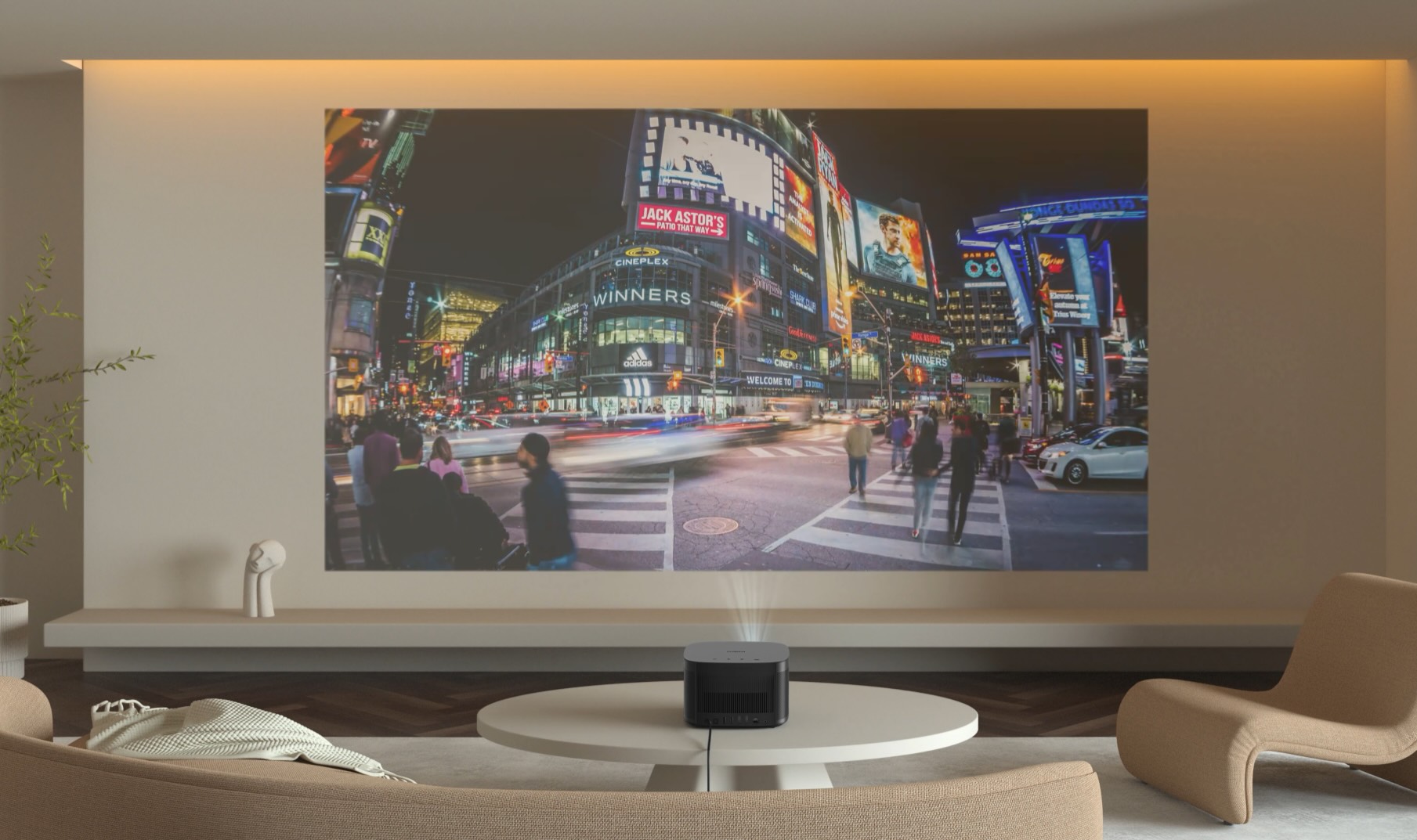
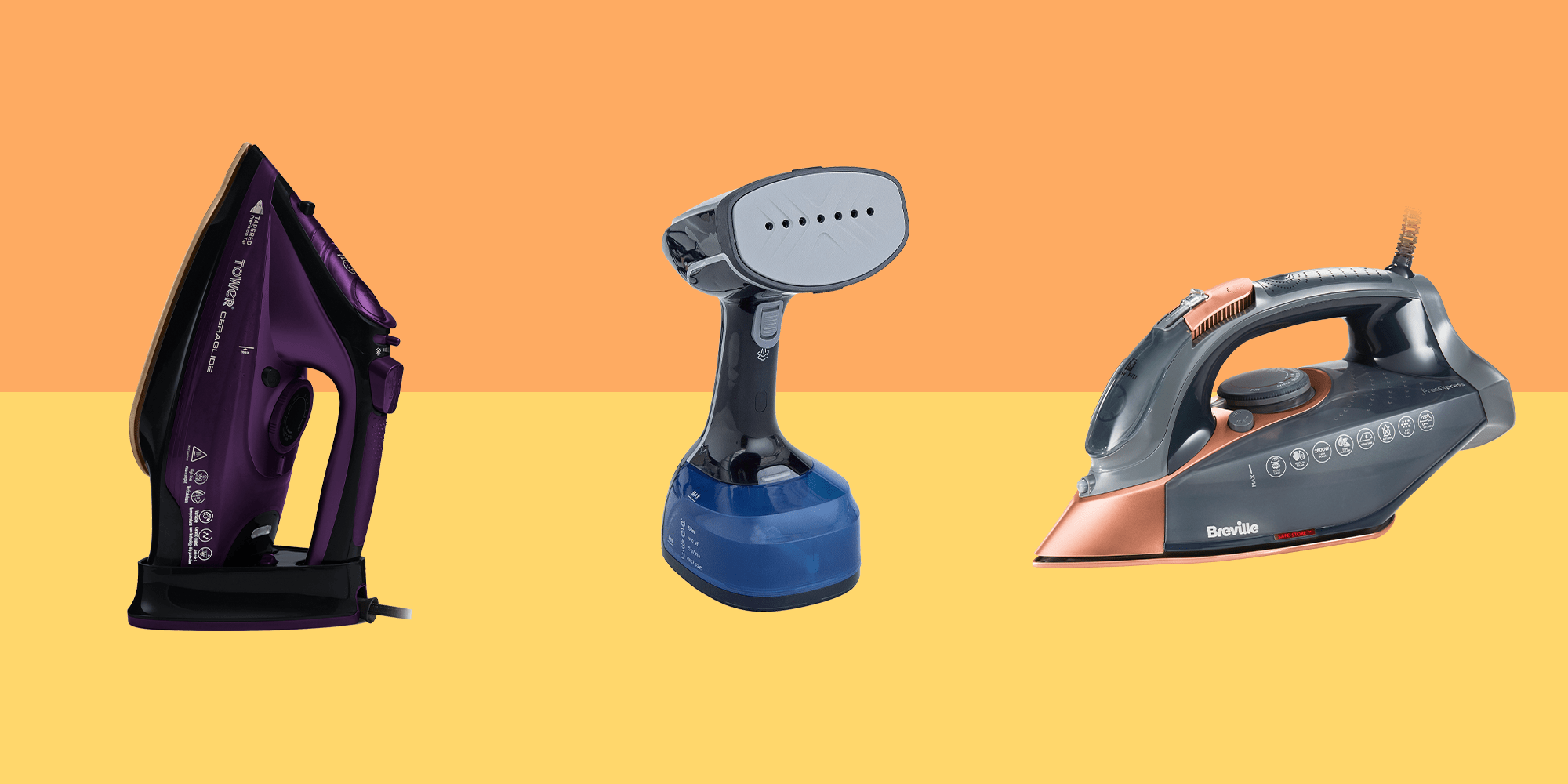
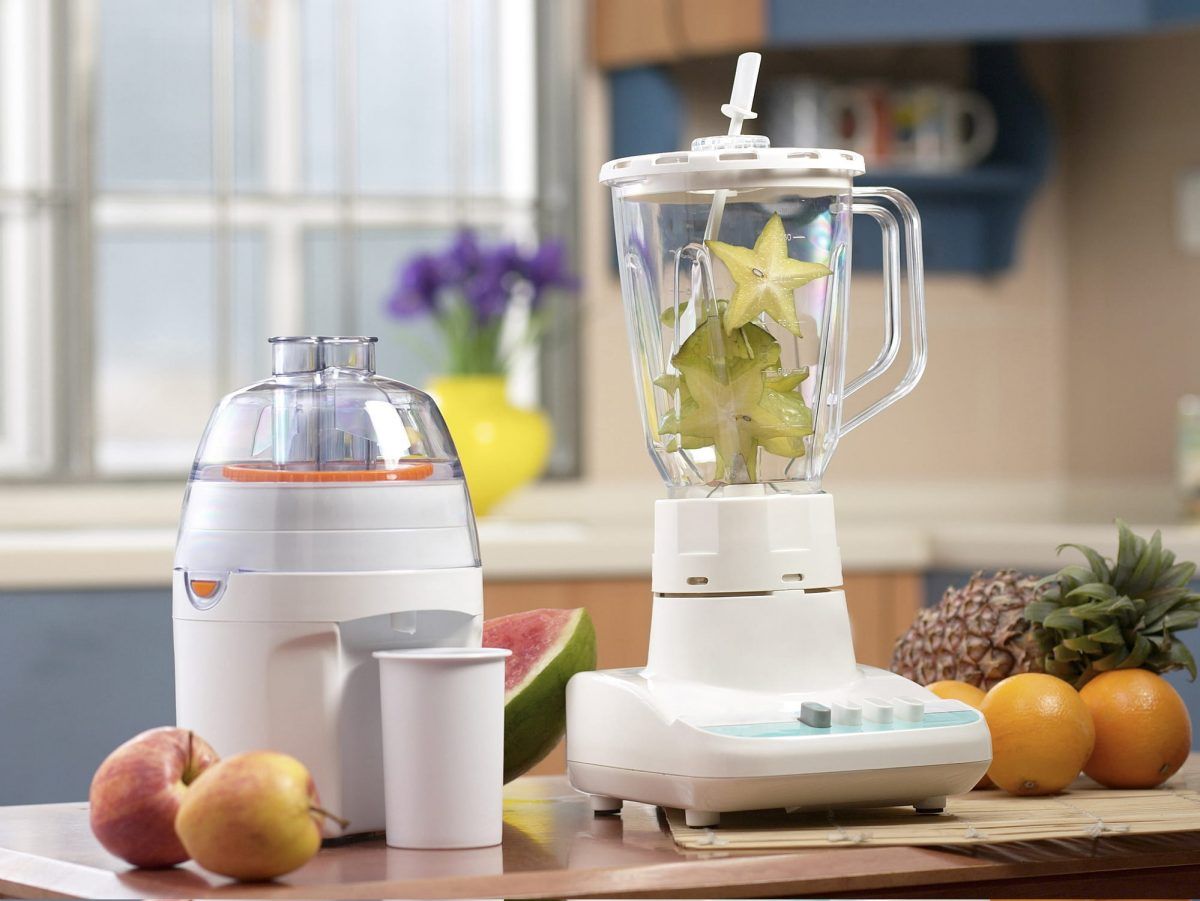
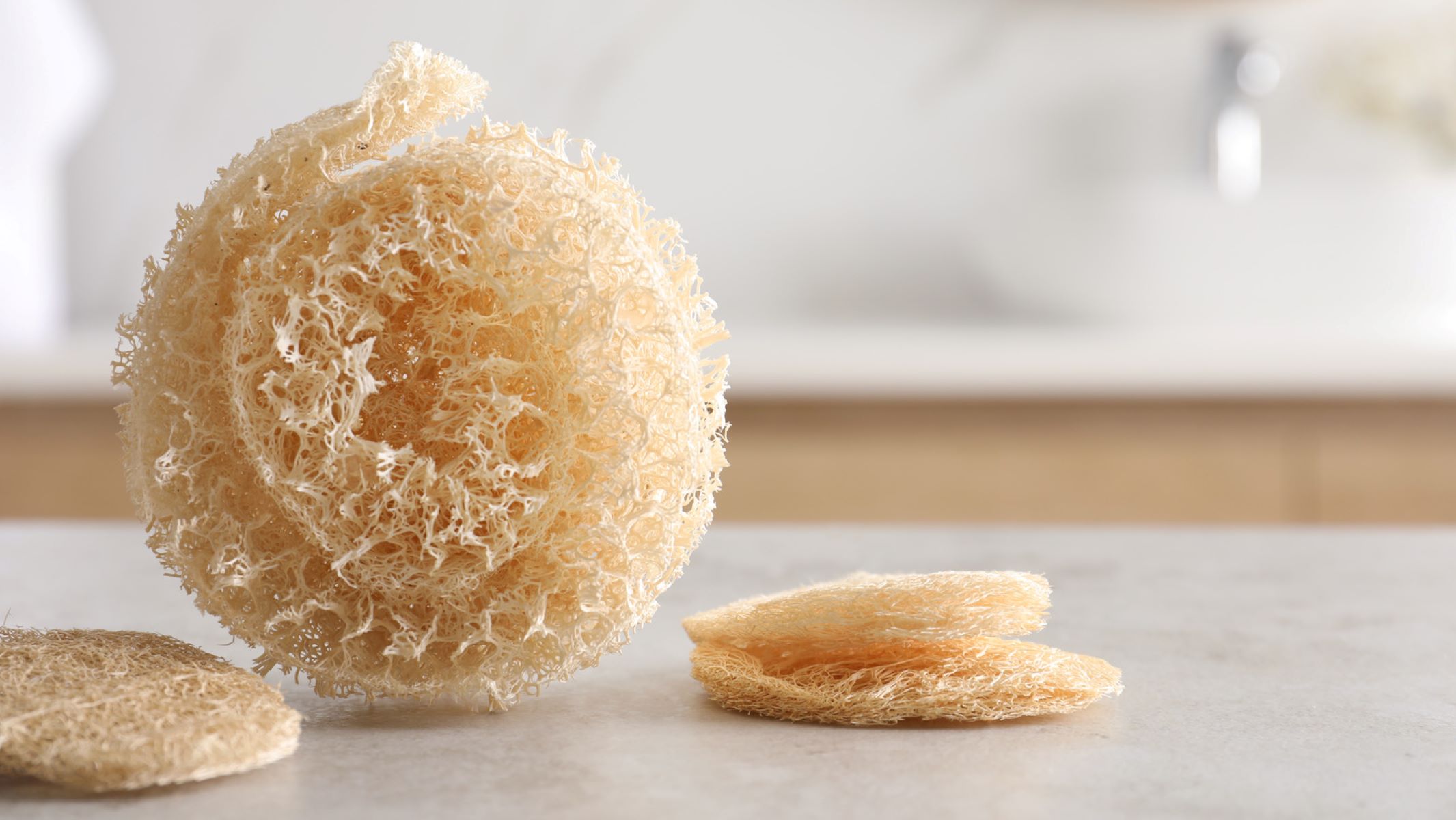

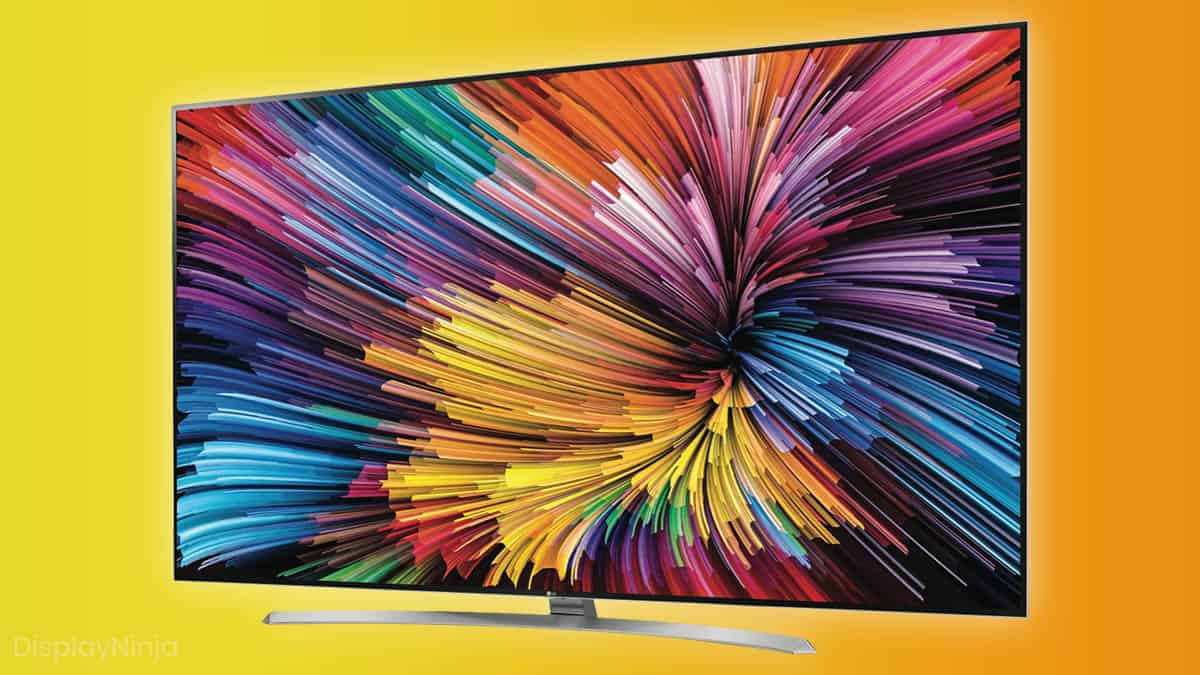
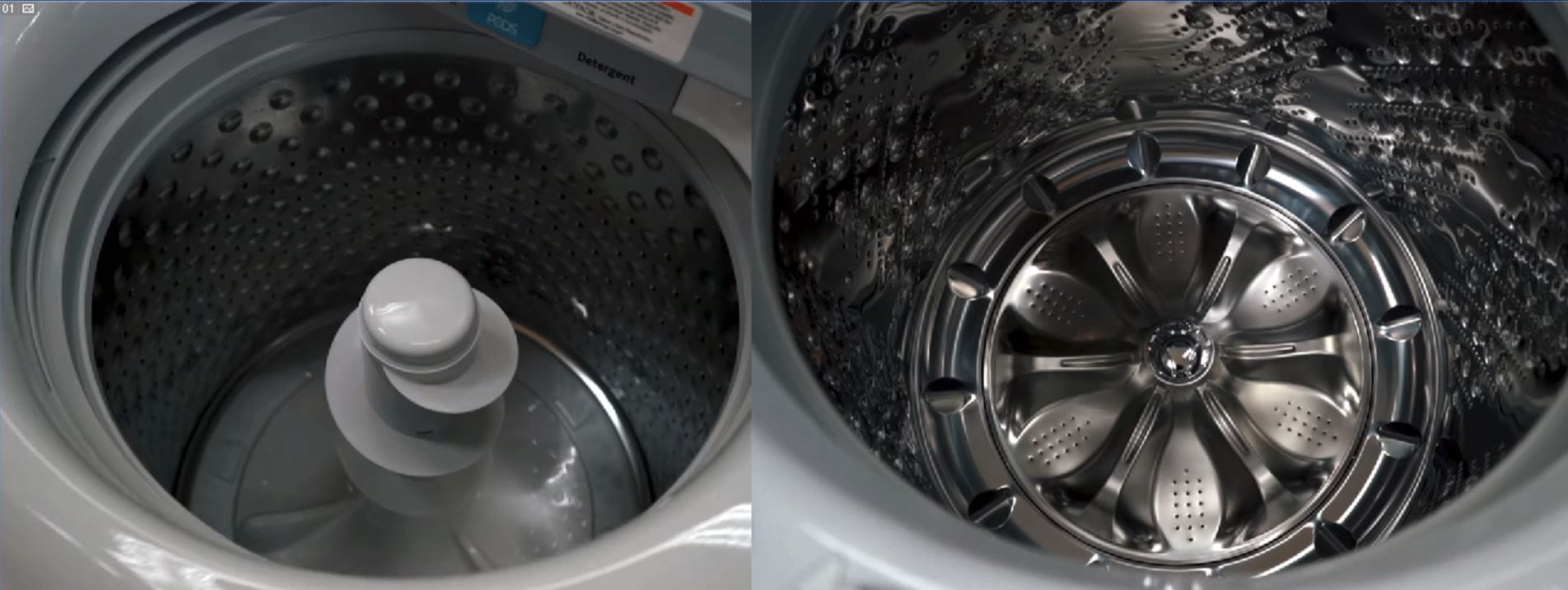


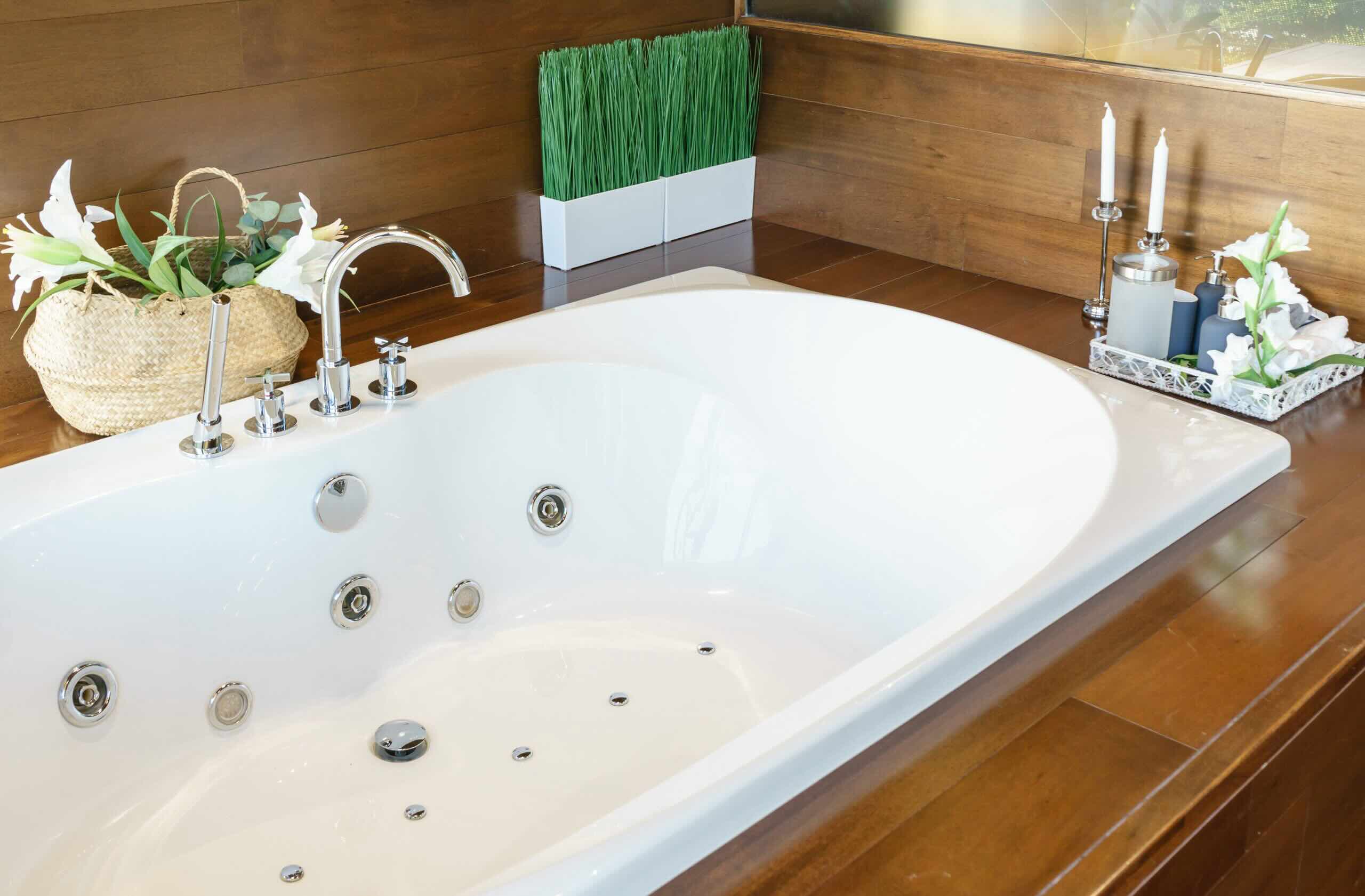

0 thoughts on “Which Is Better: Porcelain Or Ceramic Dinnerware?”